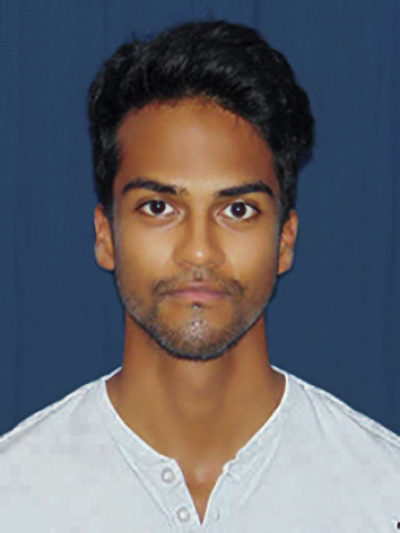June 13, 2023
Kavli Institute for the Physics and Mathematics of the Universe (Kavli IPMU)
Enjoy a cup of tea or juice while interacting with scientific experts in our upcoming Science Cafe series.
The Kavli IPMU is proud to announce the beginning of our annual Science Cafe 2023 series "Universe", co-hosted with the Tamarokuto Science Center. This event will be in English.
Interested in testing your knowledge of the latest advances in Astronomy and Mathematics? We look forward to seeing you there. Pre-registration is required.
Science Cafe 2023 "Universe"
TIme & Date: 1:30PM - 3:30PM, September 16 (Sat), 2023
Venue: Event Hall, Tamarokuto Science Center
*This event may change to an online event depending on COVID-19 numbers.
The geometric origins of supersymmetry
Speaker: Katherine Alston Maxwell (Kavli IPMU Project Researcher)
Difficulty level: Junior high school and above (the content is more appropriate for high school students. The event will be in English with no Japanese interpretation)
Seats: 36 (if registration numbers exceed seat numbers, a lottery will be drawn to select participants.)
Admission: Free (note: Visitors are required to pay the 500JPY entrance fee for the Tamarokuto Science Center. Junior high and High school students taking part in this event can enter for free)
Click here to register (Tamarokuto Science Center website. Dead line is *the 1st of September*.)
Introduction:
“Supersymmetry” is a term from physics which describes an extra symmetry among the elementary particles of physics. It hypothesizes that there exists superpartners between the two types of particles, bosons and fermions.
The term “supersymmetry” also appears in mathematics, but the meaning can seem to be different from the meaning in physics. For example, a supermanifold is a geometrical space which is like a manifold but with invisibly small extra dimensions.
In my talk, firstly, I will give an example of how supersymmetry in physics and supersymmetry in mathematics are related. Secondly, since I am a mathematician myself, I will describe how supergeometry is well-motivated independently of physics. At its core, supergeometry is related to taking squareroots. For example, what is the squareroot of –1, and how does this relate to supersymmetry? Part of the answer is the number system called the octonions, which is an 8-dimensional extension of the real numbers.
About the speaker:
Katherine joined Kavli IPMU in 2022. Her area of expertise is Mathematics.
TIme & Date: 5PM - 6:40PM, July 15 (Sat), 2023
Venue: Science Egg, Tamarokuto Science Center
*This event may change to an online event depending on COVID-19 numbers.

Why do galaxies look the way they do? A journey from the first generation of galaxies to the last
Speaker: Boris Sindhu Kalita (Kavli IPMU Project Researcher)
Difficulty level: Junior high school and above (the content is more appropriate for high school students. The event will be in English with no Japanese interpretation)
Seats: 120 (first come first serve)
Admission: Free (note: Visitors are required to pay the 500JPY entrance fee for the Tamarokuto Science Center. Junior high and High school students taking part in this event can enter for free)
Click here to register (Tamarokuto Science Center website)
Introduction:It has only been about a 100 years since humanity has realized that our Milky Way galaxy is not the whole Universe, but forms a mere speck in its large expanse.
A large fraction of the ‘fuzzy objects’ classified by Messier in the 17th century actually turned out to be galaxies much further away from our own little home galaxy.
Since then, our understanding of galaxies has grown with the growth of our knowledge in a variety of different scientific domains, all of which have been found to influence the properties of these amazing structures. The interplay between gas dynamics, gravitation, cosmology and stellar physics has been found to determine why galaxies look the way they do.
We will take a journey from the earliest generation of galaxies less than a billion years after the big bang, to the latest which includes our Milky Way. We will see how the conditions in the early Universe, drastically different, led to galaxies looking very different from how they are now. Nevertheless, the same physical processes have been dictating them, and hence making all galaxies across cosmic time fundamentally similar to one another. Galaxies, so very different but yet the same: we will see how these ‘fuzzy objects’ tell us a tale of the ever changing state of our Universe.
About the speaker:
Boris joined Kavli IPMU in 2023. His area of expertise is Astrophysics.






